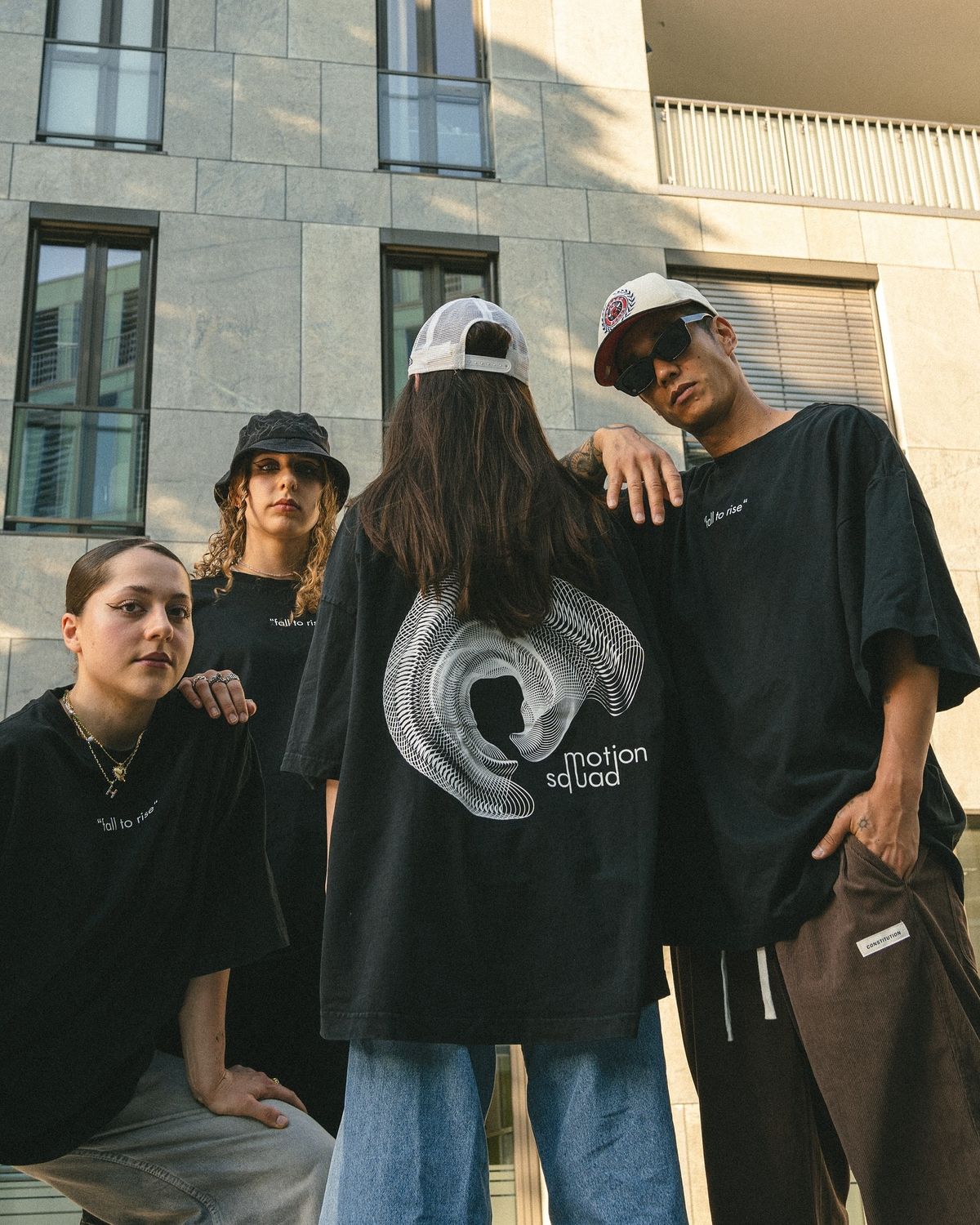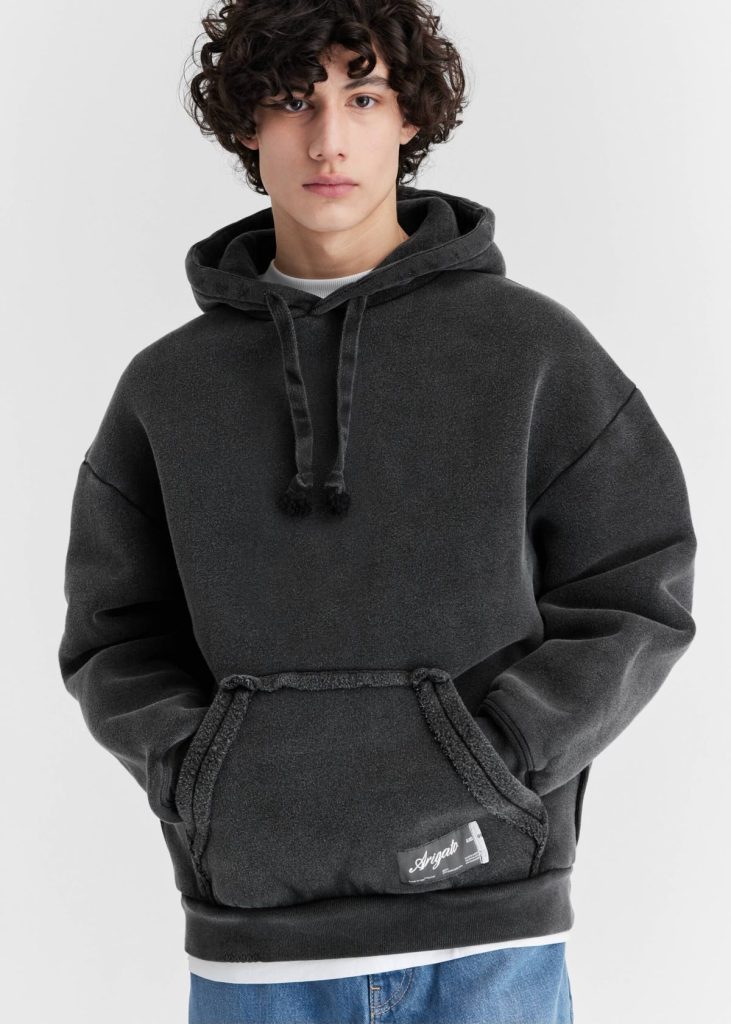Introduction
In 2025, fashion is no longer just about aesthetics or external presentation—it is about connection, emotion, and inner alignment. Nowhere is this more powerfully expressed than in the realm of innerwear. Often overlooked in traditional fashion conversations, innerwear has emerged as a pivotal space where comfort, self-awareness, and emotional well-being intersect. The Innerwear Revolution is redefining intimacy and identity through design that resonates on a deeply personal level. Emotionally driven fashion within this domain responds not only to body movement but to emotional rhythms, offering support, grounding, and expression from the inside out.
The Intimacy of Design: Why Innerwear Matters More Than Ever
Innerwear is the first layer we place on our bodies, making it one of the most personal forms of fashion. In 2025, it has evolved from a utilitarian garment into a symbol of emotional care. Designers now prioritize tactile experience, emotional resonance, and psychological support. Each piece is conceived not only to fit but to soothe, comfort, and empower. Emotional fashion is built on empathy, and innerwear provides a powerful canvas for that expression—wrapping the body in design that understands the wearer on a mental and emotional level.
Responsive Fabrics and Biofeedback Integration
Technology plays a crucial role in the emotional intelligence of modern innerwear. Garments now feature responsive fabrics capable of interpreting biometric feedback. Integrated sensors detect stress levels, temperature fluctuations, and heart rate changes, translating them into subtle tactile or visual responses. These clothes act as second skins, adapting to mood and physiological states in real time. A bra may tighten gently when stress levels peak, simulating a hug, or a pair of briefs may shift temperature to promote calm. This bioresponsive intimacy transforms garments into emotional allies.
Emotional Ergonomics and Body-Mind Harmony
Ergonomics is no longer just physical—it’s emotional. Innerwear designers in 2025 focus on how emotional states influence posture, breath, and physical comfort. Garments are structured to guide the body into positions that promote openness, calm, and stability. Bras support without constriction, and waistbands flex with breath cycles. The emphasis on body-mind harmony results in pieces that promote mental clarity and emotional regulation, seamlessly integrating physical function with psychological well-being.
Color Psychology and Innerwear Impact
While traditionally hidden, the color of innerwear plays a key role in emotional influence. Designers incorporate color psychology principles into their collections, recognizing that certain hues impact mood even when unseen by others. A soft blue bralette may induce calm, while a vibrant red underlayer sparks confidence. In 2025, innerwear brands offer mood-based collections, inviting wearers to choose emotional intentions for the day. This subtle but powerful strategy enhances personal alignment and reinforces mindful dressing from the inside out.
Inner Rituals and Dressing with Intention
The daily act of dressing begins with innerwear, and in 2025, it becomes a mindful ritual. Brands encourage wearers to view innerwear selection as an emotional check-in—what does my body need today? What emotion do I want to nurture? Garments come with reflective prompts, affirmations, or breathing cues. This shift redefines morning routines, grounding wearers in self-awareness before the day even begins. The revolution is not only in fabric but in framing—repositioning clothing as a practice of emotional care.
Sustainable Intimacy: Eco-Conscious Emotional Fashion
Mindful of the planet as well as the person, emotionally driven innerwear in 2025 embraces sustainability as a form of intimacy. Natural fibers like organic cotton, bamboo, and seaweed-based textiles are chosen for their gentle touch and low impact. Brands prioritize closed-loop production, zero-waste patterns, and biodegradable trims. The emotional connection extends to the Earth, framing innerwear not only as self-care but as shared care for the world. Sustainability and sensitivity become indistinguishable principles in design.
Neuroscience-Informed Innerwear for Mental Health
Collaborations between neuroscientists and fashion designers are giving rise to revolutionary innerwear lines that directly support mental health. From bras that apply gentle pressure to stimulate parasympathetic response, to boxers infused with calming essential oils, the garments of 2025 address anxiety, trauma, and overstimulation. These innovations are based on deep scientific research and are tested not just for fit but for therapeutic efficacy. Fashion becomes intervention—gentle, wearable therapy layered closest to the skin.
Gender-Inclusive and Identity-Affirming Innerwear
As society continues to embrace fluidity and diversity, innerwear becomes a crucial site for gender expression and affirmation. Brands in 2025 lead with inclusivity, offering adaptable fits, non-binary designs, and materials that respond to a spectrum of body types and dysphoria triggers. Emotionally driven innerwear supports authenticity, empowering wearers to dress in alignment with their true selves—regardless of label or expectation. This shift honors the emotional impact of clothing on identity, creating safer spaces both physically and psychologically.
The Role of Memory and Emotion in Fabric Choice
Emotional attachment to clothing is often rooted in memory. Innerwear designers in 2025 tap into this by incorporating scent, texture, and even sound memory triggers into garments. A laced bodysuit may release the scent of lavender, while a certain stitch pattern recalls the feel of a childhood blanket. These sensorial integrations personalize innerwear in a way that’s deeply resonant, evoking comfort, safety, or joy. The revolution here is one of memory—using fabric as a portal to emotion.
Innerwear Retail Reimagined as Emotional Experience
The retail space for innerwear has undergone a radical shift. In 2025, it resembles a sanctuary more than a store. Shoppers are invited into sensory environments featuring soft lighting, calming soundscapes, and private fitting zones with emotional guidance. Virtual fit sessions incorporate mood assessments, while product pages describe garments not just by size but by emotional benefit. The shopping experience becomes introspective, nurturing, and empowering—a true extension of the emotionally driven fashion ethos.
Conclusion
The Innerwear Revolution of 2025 is not about flashy trends or external validation. It is a quiet yet profound transformation of how we approach clothing, intimacy, and self-awareness. Emotionally driven fashion reclaims innerwear as a site of empowerment, comfort, and psychological connection. In this future, what we wear beneath becomes a source of grounding strength—responsive, ethical, inclusive, and deeply attuned to the human experience. The revolution begins not with what others see, but with how we feel, layer by thoughtful layer.



